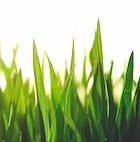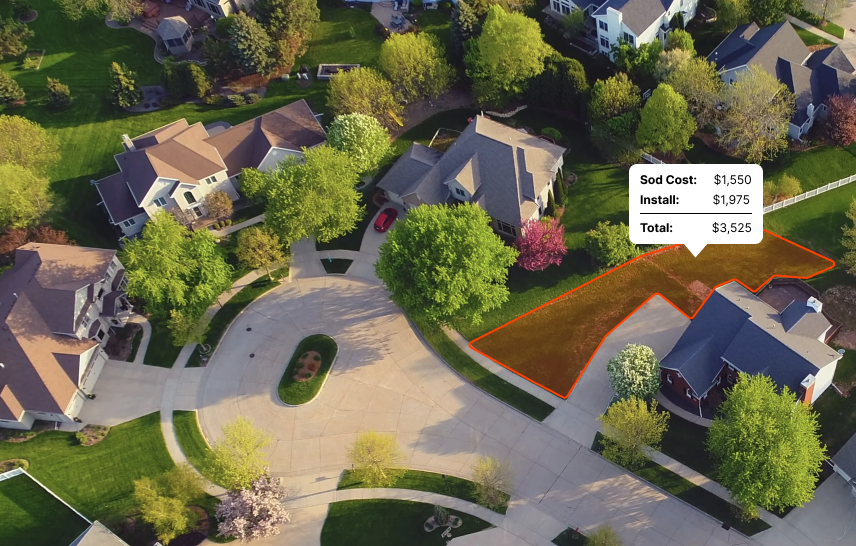It's worth highlighting that even within Washington's borders, there are microclimates and varying soil conditions that affect what types of grass might thrive best. It's always smart to dig a little deeper into the specifics of the region you're planting in to choose the grass varieties that are best suited for that locale.”
Introduction
The weather throughout Washington state can shift significantly from one area to another, yet the overarching climate is known as humid subtropical. You'll find balmy, moist summers and gentle, rainy winters here.
This weather pattern is a dream come true for a variety of grasses, those that can adapt to both heat and chill. To grow grass successfully in Washington, aim for the period between late spring and early fall.
The warmth during these months encourages growth, but it's not so scorching as to stress out your lawn. Remember, winter isn't the best time to plant grass due to the chilly, soggy conditions that can harm the roots and stunt growth.
A quirky fact about Washington is that it's part of the "cool grass zone," where grasses accustomed to lower temperatures flourish. Fescue, bluegrass, and ryegrass are among the grass varieties that thrive in the frequent cool, rainy conditions you'd typically encounter in Washington.
What are the best sod types for WA?
In the world of landscaping, not all grasses are created equal. Each thrives in a specific climate zone: cool, warm, or transition.
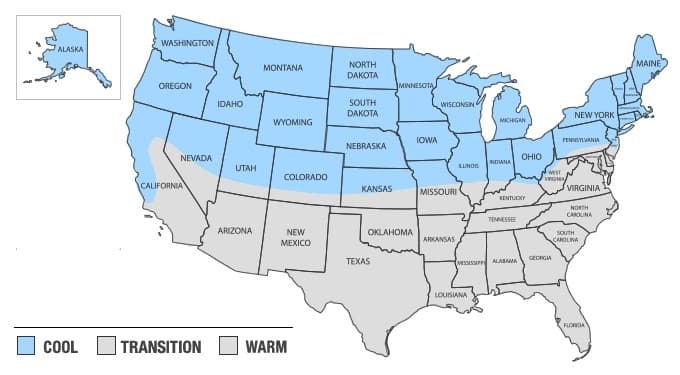
Washington, with its cool season climate, prefers a particular set of grasses that relish the lower temperatures. The following sods are the easiest to grow and maintain in Washington:
While it's possible to grow grasses meant for other regions with proper care, attention and timing, these are the most common grasses in Washington for residential lawns.
Level Up Your Lawn Skills
Once per week we'll send you an interview from someone who has mastered the art of lawn care.
Recommended species for shade
Finding the best grasses for shade in Washington can be a maze. Stress not! We’ve got the lowdown. Let's dive right in.
First off, we've got the St. Augustine grass. This stout contender can withstand as little as three hours of sunlight per day. No sun-loving Kardashian here. Rather, think of it as the vampire of grasses, thriving in darker, cooler environments.
Next, we're looking at the Tall Fescue. This cool-season grass is well-known for its shade tolerance. It can thrive with approximately four hours of sunlight daily - the perfect fit for those partially shaded lawns. Remember, it isn't a total recluse. It does need some sun.
Then, we have the Fine Fescue. This is the guy you want when dealing with significant amounts of shade. Fine Fescue loves the cooler climates of Washington and can survive with just three to four hours of sunlight.
Ryegrass isn't one to be left out. This cool-season grass can handle low sun conditions pretty well. Think of it as the little middle child, thriving with about four to five hours of sunshine each day.
Last but certainly not least, meet the Kentucky Bluegrass. Now, this one's a tricky character. It loves sunlight, but certain varieties can take shade fairly well too. Ensuring it gets at least four hours of sunlight would keep it excited and healthy.
When choosing your perfect grass match, consider your lawn geometry. The amount of shade it receives daily, soil type, and your personal commitment to maintenance. Remember, grass is no one-size-fits-all! Now that we've covered the best grasses for shade in Washington, let's move onto...
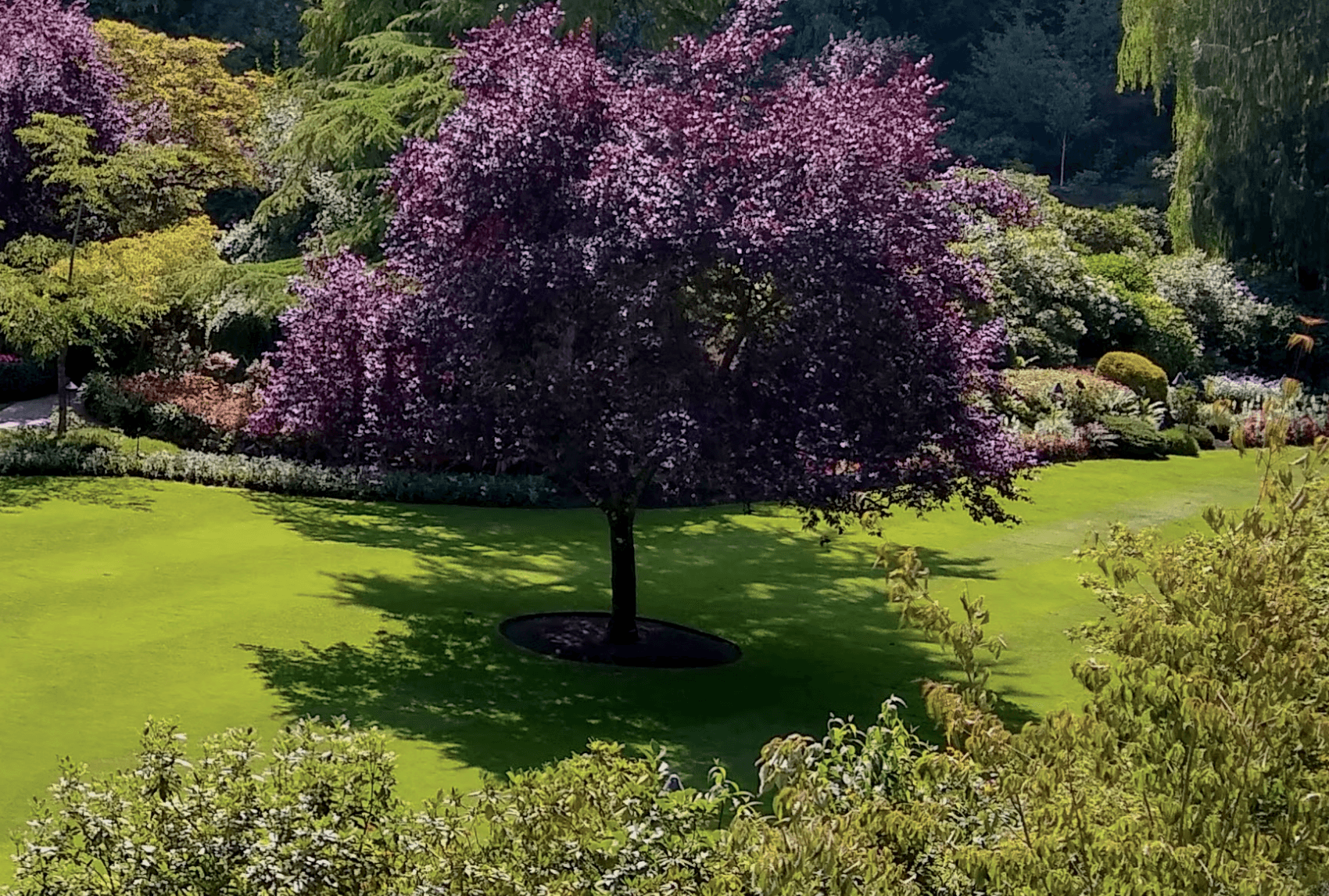
Recommended for full sun or partial sun
Choosing the right sod for your lawn depends heavily on the sunlight exposure in your yard. Different grass types have varying light requirements for optimal growth and appearance. Assessing whether your lawn receives full or partial sun is essential in selecting sod that will flourish and stay healthy in your specific environment.
Below are some sod options recommended for either full sun or partial sun conditions in WA:
| Grass Type | Sun | Good to Know |
|---|---|---|
| Tall Fescue | Partial | Tall Fescue is adaptable to a range of conditions, including partial sun, and is known for its deep root system and tolerance to drought. |
| Kentucky Bluegrass | Full | Kentucky Bluegrass prefers full sun and is prized for its fine texture, rich color, and ability to recover quickly from damage. |
| Perennial Ryegrass | Full | Perennial Ryegrass thrives in full sun and is known for its rapid germination, fine texture, and bright green color. |
| Fine Fescue | Partial | Fine Fescue is well-suited for partial sun and is appreciated for its fine texture, shade tolerance, and low maintenance requirements. |
What varieties stay green year-round?
As with anything agriculture related, there is some nuance to this question. There are many grasses that can stay green year round in but it depends heavily on your location within Washington as well as any microclimates that may exist.
The following grasses have the ability to stay green year round in Washington:
| Grass Type | Caveats |
|---|---|
| Tall Fescue | It typically stays green throughout the year in milder climates, given that it isn't overly stressed by heat or drought in the summer. |
| Kentucky Bluegrass | It can retain its green color for much of the year when well-maintained, though harsh winter temperatures can push it towards dormancy and a browner hue. |
| Perennial Ryegrass | It can stay vibrant and green throughout the year in many climates, unless conditions are extremely cold or dry. |
| Fine Fescue | It keeps its green color throughout the year in ideal conditions. If the winters are particularly harsh, it may lose some color. |
What is the best time to lay sod in Washington?
Since it is considered a cool-season location, the ideal time to lay sod is in early spring or early fall. These periods offer moderate temperatures, leading to less stress on the sod and providing optimal conditions for root establishment before extreme temperatures of winter or summer. Avoid the summer, as high heat can stress the sod.
As you can see in the image below, you'll notice the most shoot growth (the grass above ground) and root growth in the spring and fall for cool season grases:
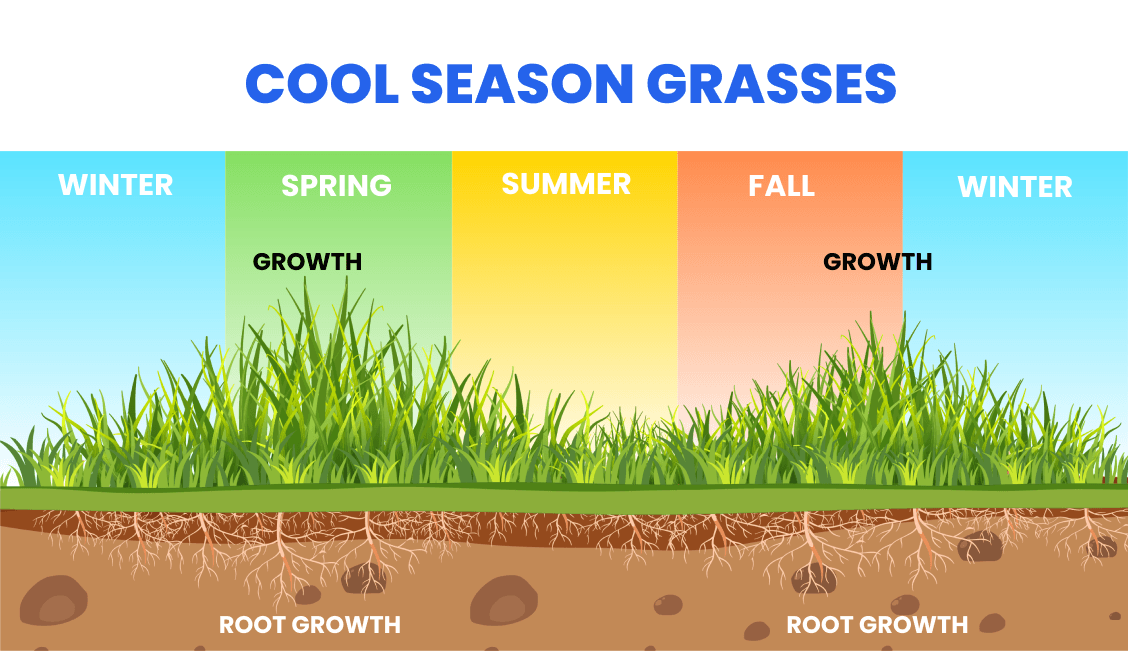
Find reputable companies for installing sod in WA
Here are the top problems you'll face when trying to get sod installed by a landscaping company:
- They're not transparent about pricing. You'll often get a quote that's way higher than you'd expect.
- They're hard to get ahold of on the phone or you'll reach out online but won't hear back.
- It's hard to pin them down for a specific date. Because you can only bring sod from the farm when there's decent weather, this causes some delays at times. It also has a short shelf life, so it's important to get it installed within a day or two of delivery.
We've done all the work for you. Click below to get a quote from one of the top installers in Washington.
